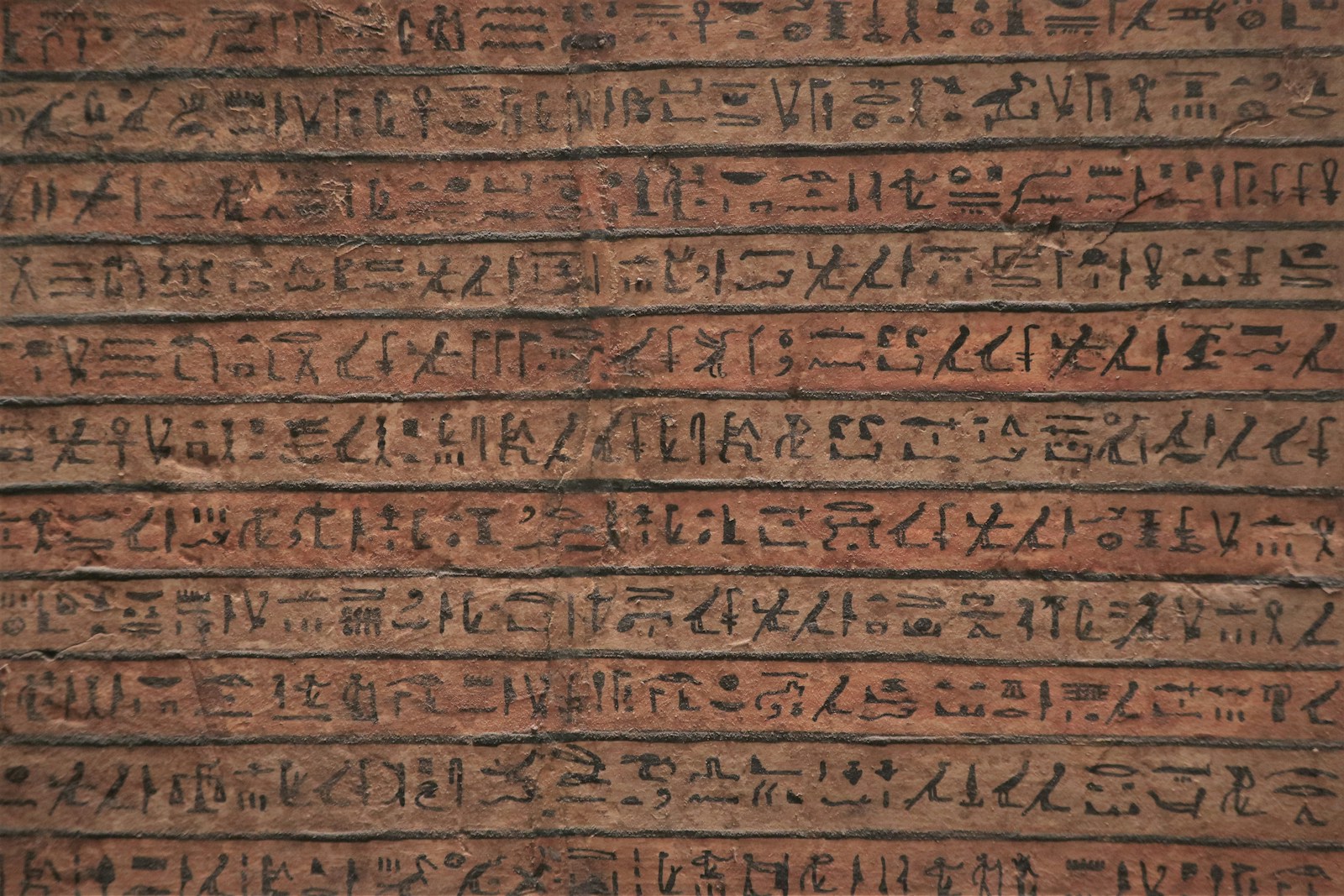Cheng Li
-

Error correction in quantum computers
By
Quantum computing holds the potential to revolutionize fields ranging from cryptography to materials science and optimization problems. However, one of the most pressing obstacles to realizing this potential is the fragility of quantum information. In classical computing, data corruption is rare and can be handled using well-established error correction codes. In contrast, quantum bits-or qubits-are…
-

Robotics for aging populations
By
Robotics for aging populations is an emerging field that addresses the growing need for innovative solutions to support the elderly. As the global population ages, with projections indicating a significant increase in the number of individuals aged 65 and older, robotics offers promising avenues to enhance the quality of life for older adults. These technologies…
-

The Robot-AI Merger
By
In recent years, robots have increasingly entered our daily lives, cooking meals, performing repetitive tasks, and working in industries from warehouses to restaurants. However, these robots operate in narrowly defined environments, following rigid scripts that leave them helpless when faced with real-world unpredictability. For example, a robot might be able to flip burgers or assemble…
-

Software history of Russia
By
in ScienceSoftware development has been a cornerstone of technological progress in the modern world. Both Russia and the United States have played pivotal roles in shaping the global software industry, but their journeys have been significantly influenced by their distinct political, economic, and cultural contexts. This essay explores the historical evolution of software development in Russia…
-

Gödel Number encoding from mathematics into arithmetic
By
Kurt Gödel’s Incompleteness Theorems revolutionized mathematical logic by demonstrating the inherent limitations of formal systems. A crucial component of his proof was the technique known as Gödel numbering, which allows mathematical statements, proofs, and logical operations to be encoded as numbers. This technique transformed logic into arithmetic, enabling self-referential statements that underpinned his groundbreaking theorems.…
-

Implications of Gödel’s incompleteness theorem
By
In the early 20th century, the foundations of mathematics and logic were undergoing significant transformations. Mathematicians sought to establish a comprehensive and consistent framework for all mathematical truths, a goal inspired by David Hilbert’s program to formalize mathematics. However, in 1931, Austrian logician Kurt Gödel revolutionized the field with his Incompleteness Theorems, which demonstrated that…
-
History of touchscreen technology
By
Touchscreen technology has revolutionized the way humans interact with machines, transitioning from traditional input devices like keyboards and mice to more intuitive and tactile interfaces. From its origins in the mid-20th century to its ubiquitous presence in smartphones, tablets, and kiosks, touchscreen technology represents a significant leap in human-computer interaction (HCI). This essay delves into…
-

AI unlocking the secrets of ancient manuscripts
By
Artificial intelligence (AI) is revolutionizing the study of ancient texts, enabling scholars to decipher and interpret manuscripts that were previously unreadable due to damage or degradation.By employing machine learning algorithms, researchers can reconstruct missing parts of texts, enhance faded writings, and even predict the original content of fragmented manuscripts. One notable example is the use…
-

A note in abacus
By
There are several types of abacuses (or abaci) used throughout history and across different cultures. The most popular ones are from China, but there are other abacus that were developed independently. This article gives glimpse of some of the popular abacus. Types of abacus 1. Chinese Abacus (Suanpan) The Suanpan typically has 2 beads on…
